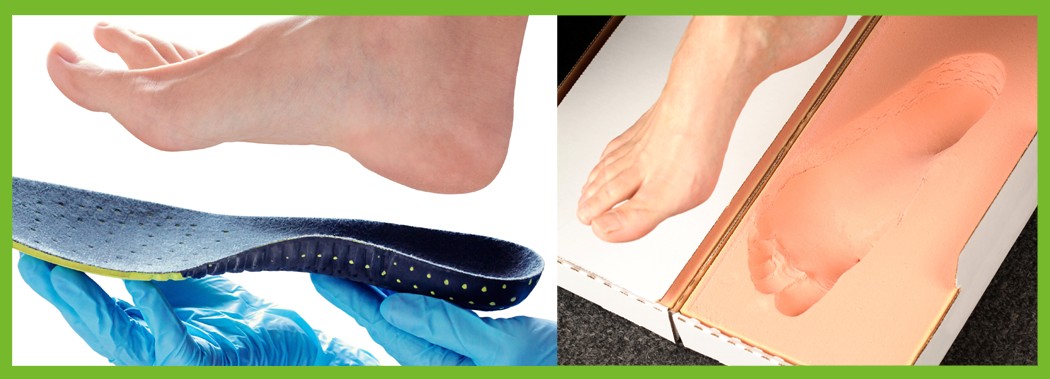Physiotherapy in Kitchener for Lower Back
Q: Dad has tried many treatments for back and leg pain from spinal stenosis. The surgeon has suggested trying something called an X-stop next. If the other treatments didn't work, why should this one?
A: Spinal stenosis is a narrowing of the spinal canal. The spinal canal is the channel or opening created by the vertebral bones stacked on top of each other. Inside the canal is the spinal cord as it travels from the brain down to the lumbar spine.
Degenerative changes associated with aging such as bone spurs, thinning or bulging of the discs, collapse of the vertebral bodies, and stiffening or infolding of the spinal ligaments all reduce the space inside the canal. Since the spinal cord doesn't shrink with age, the net result of stenosis is pressure on the spinal cord and/or the spinal nerve roots.
When conservative care doesn't help, decompression (sometimes referred to as "roto-rooter" surgery) is considered. This procedure involves scraping away the excess bone and restoring space within the canal. Sometimes the surgeon performs a laminectomy (removes a portion of the bone from around the spinal cord). But decompression doesn't improve the disc space or realign the compressed vertebrae.
That's where the X-stop comes in. This device is implanted between the spinous processes of two vertebrae. The spinous process is the bony knob you feel along your backbone. It is a projection of bone off the back of each vertebra that provides a place for ligaments and muscles to attach.
By slipping the X-stop between the spinous processes, it's a little like using a jack to lift your car off the ground. It separates the vertebrae and puts them in a slight bit of flexion -- just enough to take pressure off the spinal cord, spinal joints, and spinal nerve roots.
The X-stop is a good middle step between conservative care and invasive surgery for some patients. If the procedure doesn't bring pain relief, then the more involved decompression is still an option.
Reference: Anjali Nandakumar, MBBS, et al. The Increase in Dural Sac Area Is Maintained 2 Years After X-Stop Implantation for the Treatment of Spinal Stenosis with No Significant Alteration in Lumbar Spine Range of Movement. In The Spine Journal. September 2010. Vol. 10. No. 9. Pp. 762-768.








